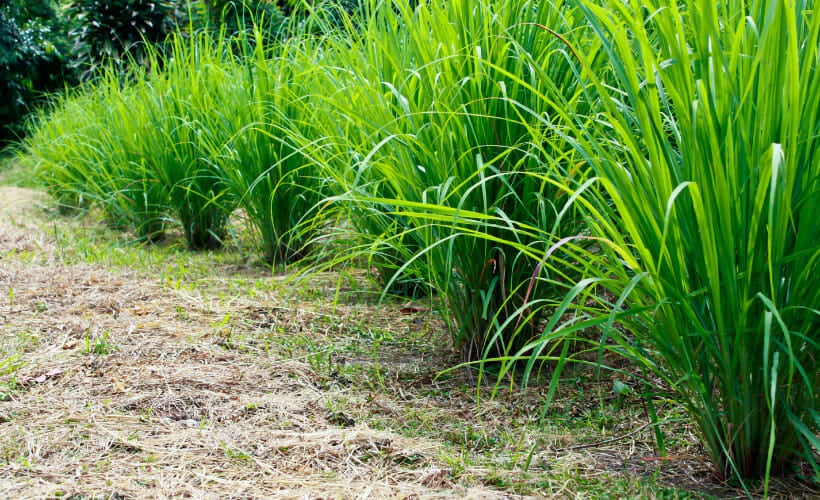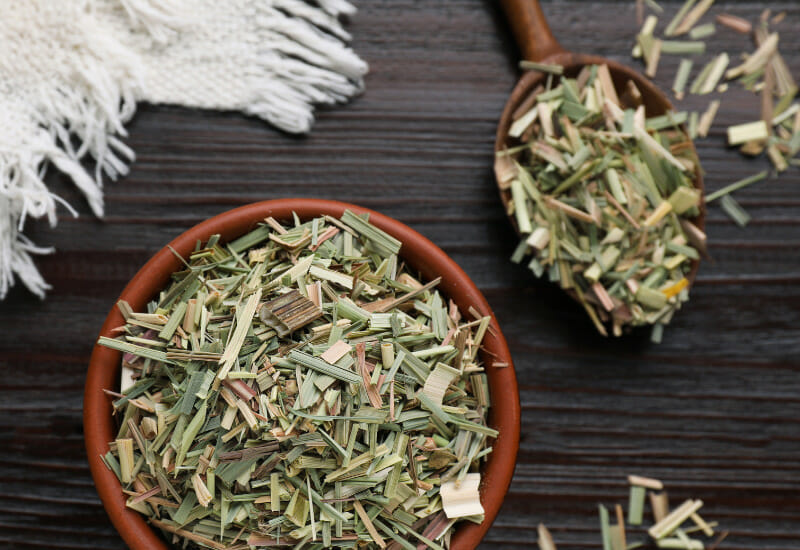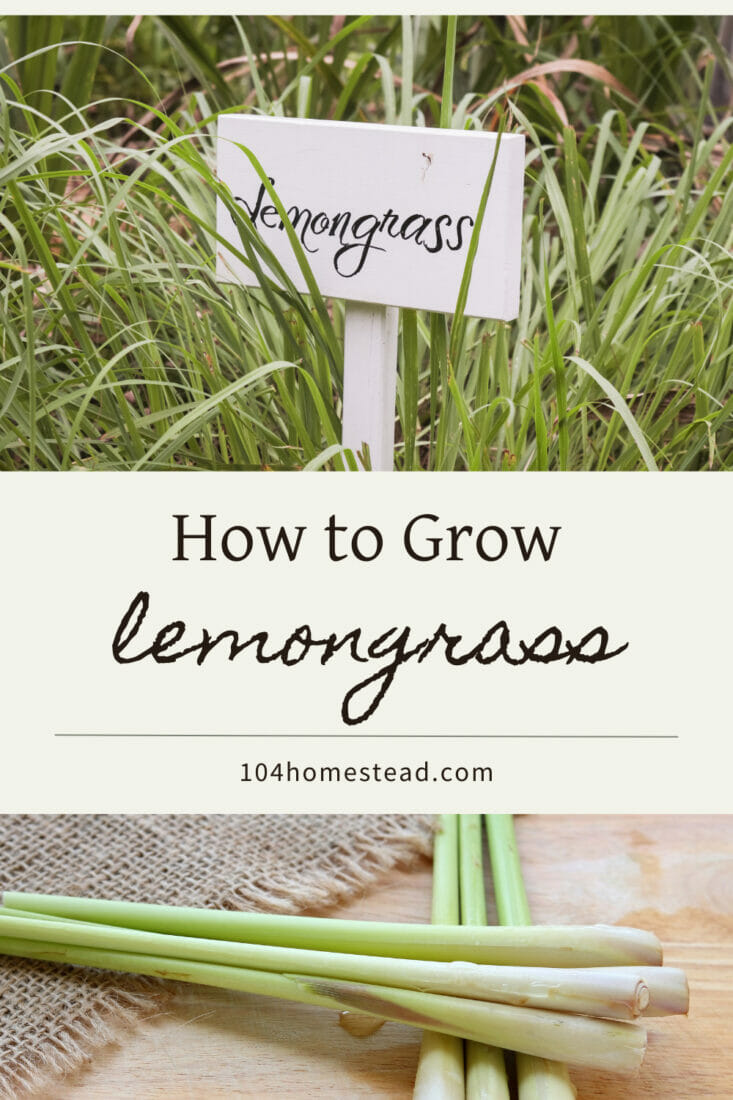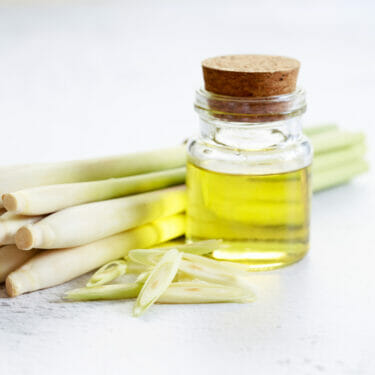Tips On How to Grow Lemongrass in Your Own Backyard
Explaining the steps to growing lemongrass in your own backyard: choosing the right variety, location, soil, watering, harvesting, and more.

Imagine walking out into your backyard and smelling the fresh, energizing scent of lemongrass. Planting lemongrass in your yard not only enhances the aesthetic value of your garden but also provides numerous practical benefits.
There are many reasons why you should consider growing lemongrass in your own backyard. For starters, it gives you access to a fragrant and fresh herb that can be used to improve the taste of any dish. Curries, soups, and stir-fries all benefit from the citrusy kick that lemongrass brings.
As an added bonus, lemongrass is a natural remedy for a wide range of health issues thanks to its medicinal properties. It is a great addition to your arsenal of health tools because its essential oils fight infection and inflammation. Moreover, lemongrass can be used as a natural pest or insect repellent, helping to keep pesky critters at bay.
In this post, I will walk you through the fundamentals of growing lemongrass, ensuring a plentiful harvest of this aromatic herb to use in your cooking and for your health. Get ready to start planting and taking care of your own lemongrass paradise!
Choose The Right Variety of Lemongrass
It is important to think about your local climate and your own tastes when selecting a lemongrass variety for your garden.
Find out first if you are in a warm or cool climate, as this will determine which variety will do best in your region. For warm climates, Cymbopogon citratus is a popular choice, known for its strong citrus flavor. East Indian lemongrass, or Cymbopogon flexuosus, prefers cooler temperatures.
The intended purpose of the lemongrass can also be a deciding factor in selecting the best variety. Cymbopogon citratus, with its intense citrus flavor and aroma, is a fantastic ingredient for any culinary endeavor. It is great for giving soups, curries, and stir-fries that extra kick. Cymbopogon flexuosus, on the other hand, has a higher concentration of essential oils and may be the better choice if you want to use lemongrass for its medicinal properties or as a pest or insect repellent. Bye-bye mosquitos! Its strong scent also works well in other DIY products, such as candles, perfumes, and potpourri.
Pick A Sunny Spot
Lemongrass prefers bright, sunny spots and needs at least 6-8 hours of daily sunlight to flourish. Select a location in your backyard that gets full sun for the duration of the day if you want to grow lemongrass there. This will guarantee that your lemongrass gets the light it needs to grow healthily and produce a lush crop of leaves.
Lemongrass can not survive without direct sunlight. It helps the plant convert sunlight into energy for growth through a process called photosynthesis. Lemongrass gets its distinctive flavor and aroma from a combination of factors, one of which is the high concentration of aromatic oils that develop under intense sunlight. These oils impart a refreshing citrusy aroma and flavor to foods and all-natural beauty products.
Plant The Seeds
To directly sow lemongrass seeds, first prepare the soil by removing any weeds or debris. Soil drainage is essential, as lemongrass cannot survive in soggy conditions. Make a series of shallow furrows in the soil, no deeper than half an inch. Lemongrass seeds should be planted in the furrows at a distance of about 6 inches apart. To ensure good soil contact, lightly cover the seeds with soil and press down gently. The soil should be kept moist but not soaked while the seeds germinate.
Water as Needed
It is especially important to keep your lemongrass plants hydrated during the hot and dry summer months. Even though it is important to maintain consistently moist soil, it is also important to avoid creating waterlogged conditions, which can cause root rot. In general, you should water thoroughly once or twice weekly and let the top inch of soil dry out between waterings. Soil moisture retention and weather conditions will determine how often and how much you should water.
Harvest And Dry The Lemongrass
The simple process of harvesting and drying lemongrass allows you to enjoy its flavors and aromas for a long time after you have done so. Harvest lemongrass when the stalks are between 12 and 18 inches in height. Remove the stalks from the plant near the ground using sharp shears or a knife. Do not pick more than you need; leaving a few stalks unpicked will keep the plant thriving.
Trim the lemongrass at the top and bottom and remove any extra leaves before drying it. Remove any dirt or debris from the stalks by washing them thoroughly. The next step is to dry the stalks in a warm, well-ventilated place by hanging them upside down or by spreading them out on a drying rack or baking sheet. It takes about a week to two weeks for the lemongrass to dry out completely.
After the lemongrass has dried, put it in an airtight container and keep it in a cool, dark place. You can use the stalks whole, or you can break them up into smaller pieces.

Use Your New Supply Of Lemongrass
There are plenty of creative ways to incorporate lemongrass into your culinary adventures. Here are a few ideas to get you started:
Lemongrass Tea
Drinking lemongrass tea may even make you smarter! Recent studies suggest that the active compounds in lemongrass can improve cognitive abilities, reduce stress, and even help with memory retention. And, of course, the soothing, calming effects of lemongrass tea can be just the thing to help you relax and unwind after a long day. The Wanderlust Kitchen has a wonderful tea recipe.
Lemongrass Infused Oil
From light and flavorful salad dressings to savory marinades to stir-fries that are sure to please, adding a dash of lemongrass-infused olive oil is the perfect way to add a unique twist to your favorite recipes. Learn how to make infused oil at Times of India.
Lemongrass Curry
Adding lemongrass to your favorite curries is an easy way to bring an authentic Thai or Vietnamese flavor to your meal. While dried or powdered lemongrass found at the grocery store is a convenient option, there’s nothing quite like the flavor of freshly chopped lemongrass. Dash of Color & Spice has a delicious Thai curry recipe.
Lemongrass Syrup
Creating a lemongrass-infused simple syrup is an easy and delicious way to add a unique flavor element to drinks, such as cocktails, lemonades, and iced teas.
To make the simple syrup, all you need is water, sugar, and lemongrass. Begin by washing the lemongrass and slicing off the harder outer leaves, making sure only to use the soft inner white part of the plant. Then, add lemongrass pieces to a pot along with water and sugar. Bring to a boil, reduce the heat, and simmer for about 10 minutes, stirring occasionally. Once the simple syrup has cooled down, strain out the lemongrass pieces and pour the syrup into a glass bottle.
Lemongrass Marinade
By blending lemongrass with garlic, ginger, chili, and other herbs, you can create a marinade that will surprise and delight your taste buds. One of my favorites is Gimme Some Oven’s Vietnamese Chicken.
Lemongrass Soup
Adding lemongrass to a soup or broth allows you to create a depth of flavor that is difficult to achieve with other ingredients. When cooking with lemongrass, it’s important to remember that a little goes a long way. Its very strong and pungent flavor can easily overwhelm a dish if not used in moderation. To get the most out of its flavor, it’s best to use it in combination with other ingredients and spices. For example, try simmering lemongrass alongside ginger, garlic, and chilies to create a flavorful broth or soup.
Lemongrass Rice
Lemongrass’s fresh and vibrant flavor pairs perfectly with subtle starches like white rice or noodles. Archana’s Kitchen has a delightful recipe for jasmine rice cooked along with lemongrass and cardamom.
Lemongrass Desserts
Experiment with lemongrass-infused desserts like sorbets, ice creams, and custards for a unique and refreshing twist. Phil’s Home Kitchen shares his recipe for lemongrass and makrut lime custard tarts.
Frequently Asked Questions
These ideas are just the beginning! Lemongrass offers a versatile and fragrant addition to a wide range of recipes, so feel free to get creative and explore the various ways to enjoy the delightful taste and aroma of lemongrass in your home cooking.

The lemongrass you grow in your garden will not only look nice, but will also be a useful herb that will improve the flavor of your food and your health. A healthy harvest of fragrant lemongrass can be yours with some careful planning, a sunny location for planting, and regular watering. If you want to enjoy the uplifting aroma and revitalizing flavors that lemongrass can bring to your home, why not plant some?
Have you ever grown lemongrass in your backyard? If so, what tips or tricks do you have for a successful harvest? If not, what other herbs or plants do you enjoy growing and using in your cooking or for medicinal purposes?

How To Make Lemongrass Simple Syrup
This post may contain paid links. If you make a purchase using the links in this recipe, I may earn a commission.
Ingredients
- 2 stalks Lemongrass
- 2 cups Water
- 1 cup Sugar white granulated
Instructions
- Wash the lemongrass and slice off the hard outer leaves, saving the inner white part of the plant.2 stalks Lemongrass
- Add lemongrass pieces to a pot with the sugar and water.2 cups Water, 1 cup Sugar
- Bring to a boil, reduce heat, and simmer for 10 minutes, stirring occasionally.
- Remove from heat and allow the mixture to cool.
- Strain out the lemongrass and store simple syrup in a glass jar in the refrigerator.

